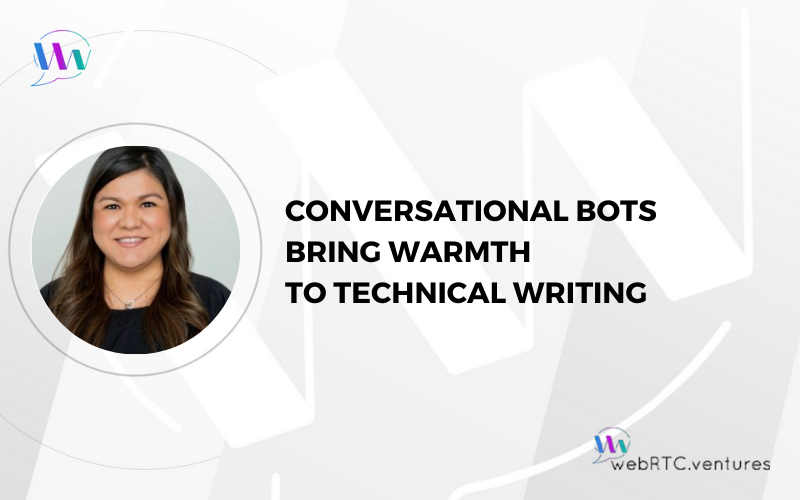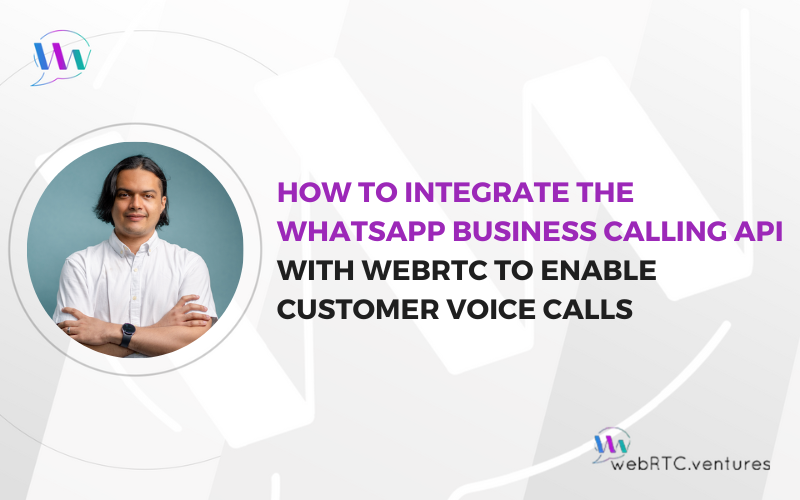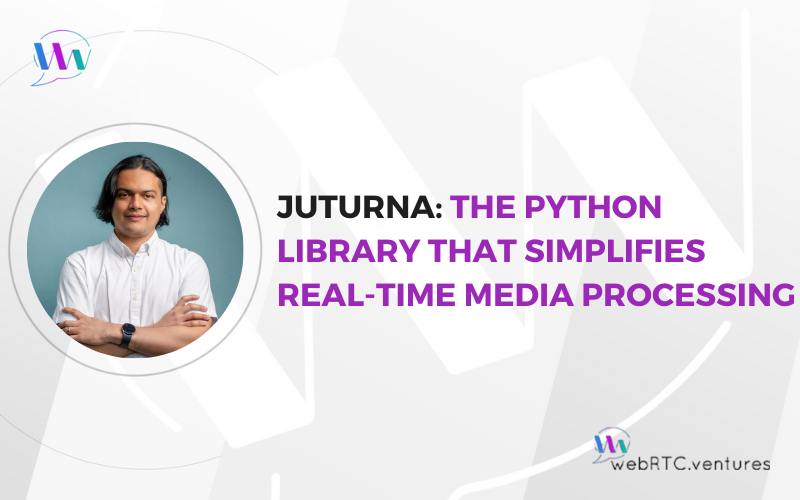Our team at WebRTC.ventures recently partnered with NLX.ai, an enterprise conversational AI platform that transforms customer interactions into automated, personalized self-service experiences. NLX enables individuals to resolve inquiries at their own pace, with no wait time or frustration. It is all accomplished through easy, multimodal tools powered by conversational bots.
Conversational bots, chatbots, or conversational AI are designed to simulate human-like conversations with users. NLX uses natural language processing to understand and respond to user inputs conversationally and allows structured data to appear as button choices.
The intersection of technical writing and Conversational AI
As a Technical Writer on the WebRTC.ventures team, I was surprised to be asked to create a bot to test the NLX application. It turns out, there is no coding necessary to do it!
Still, two questions immediately came to mind:
- How difficult will it be for a writer with no coding knowledge to dive into the world of conversational AI Bots?
- Where exactly does technical writing come into place with Conversational AI?
My daily tasks typically revolve around curating and validating industry-specific content. I strive for clarity and accessibility in how information is relayed to the user. When writing an article about products, systems, or end-user documentation, my main focus is transforming complex data into clear, concise writing that our target audience can easily understand.
It’s not only about the documentation; it also speaks to the user’s mental model. And, working with different teams, project managers, product owners, and developers to document and translate the specifics of the products or features that must be communicated.
Preparing to create my first conversational bot
As I sat down to create my first ever bot, I wondered if I would be able to design a conversation that reached my writing goals. Could my bot adopt a friendly and conversational tone, using everyday language and expressions? It would help break down complex technical jargon and make the content more relatable.
I was also wondering: if my customers were capable of “talking” to a bot, would they be able to get information more efficiently than scanning a document? Will I be able to create various scenarios or different approaches we might encounter?
There are many different ways to design a conversation when creating a bot. I wanted to make it accessible and efficient to the user in a manner that would resolve any inquiry without it being time consuming for the customer.
Creating an efficient and warm bot was easy and fun
The first scenario we chose for creating a bot was to find restaurant recommendations. I created an assistant called Mase, whose main objectives in a conversation were to be warm and efficient.
To create the conversation, we needed to have an Intent, a.k.a. a purpose. Here, it was to provide the recommendations.
Here is where the fun and surprisingly easy part begins. You start adding nodes to create a conversational flow with the possible interactions and to manage the different scenarios the user and the bot may encounter during the flow. My goal for the conversation was to address the user’s inquiries in a way that felt natural and familiar.
The interesting part about adding nodes is how you can design it like you are storytelling. This is fantastic for technical writers because it lets you break down complex information. Additionally, NLX can help you define the flow of conversation by having different inputs that can be used depending on what is needed at that point in the conversation. You can allow text entry at the beginning, and buttons, when the options are limited.
The example below demonstrates the flow a conversation can have between the bot and the user.
Converting mundane customer interactions into an experience
I was pleasantly surprised at how user friendly it was to work in the NLX application. There’s so much you can do! As a writer, I created a conversational bot with no-code, and it was easy to put my real skill (writing) to work.
I was able to convert mundane customer interactions into an experience, adding a personal touch and keeping responses consistent with the brand’s voice. With conversational bots using AI, it doesn’t have to be the same old generic script. It can have a conversational warmth – and still be an efficient, self-service customer experience!
Conversational bots can also help us approach different audiences. We can adapt the tone of the conversation’s flow according to the user’s needs while still keeping the brand’s voice. After all, there’s so much we can do using NLX, it really has a broader range of how we can approach our end-user experience and needs.
Ready to integrate a Conversational AI Bot into your real-time application? Contact us today!












